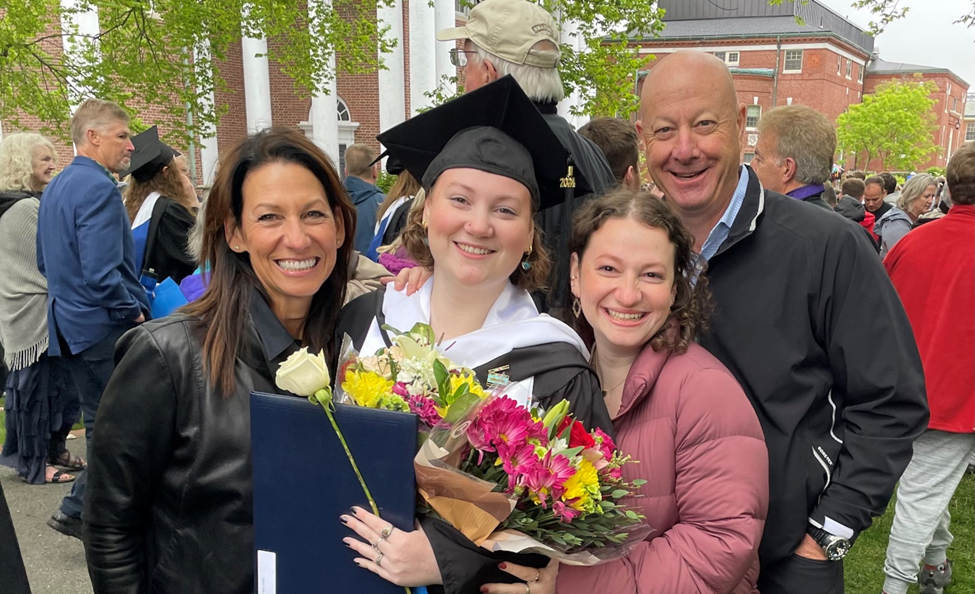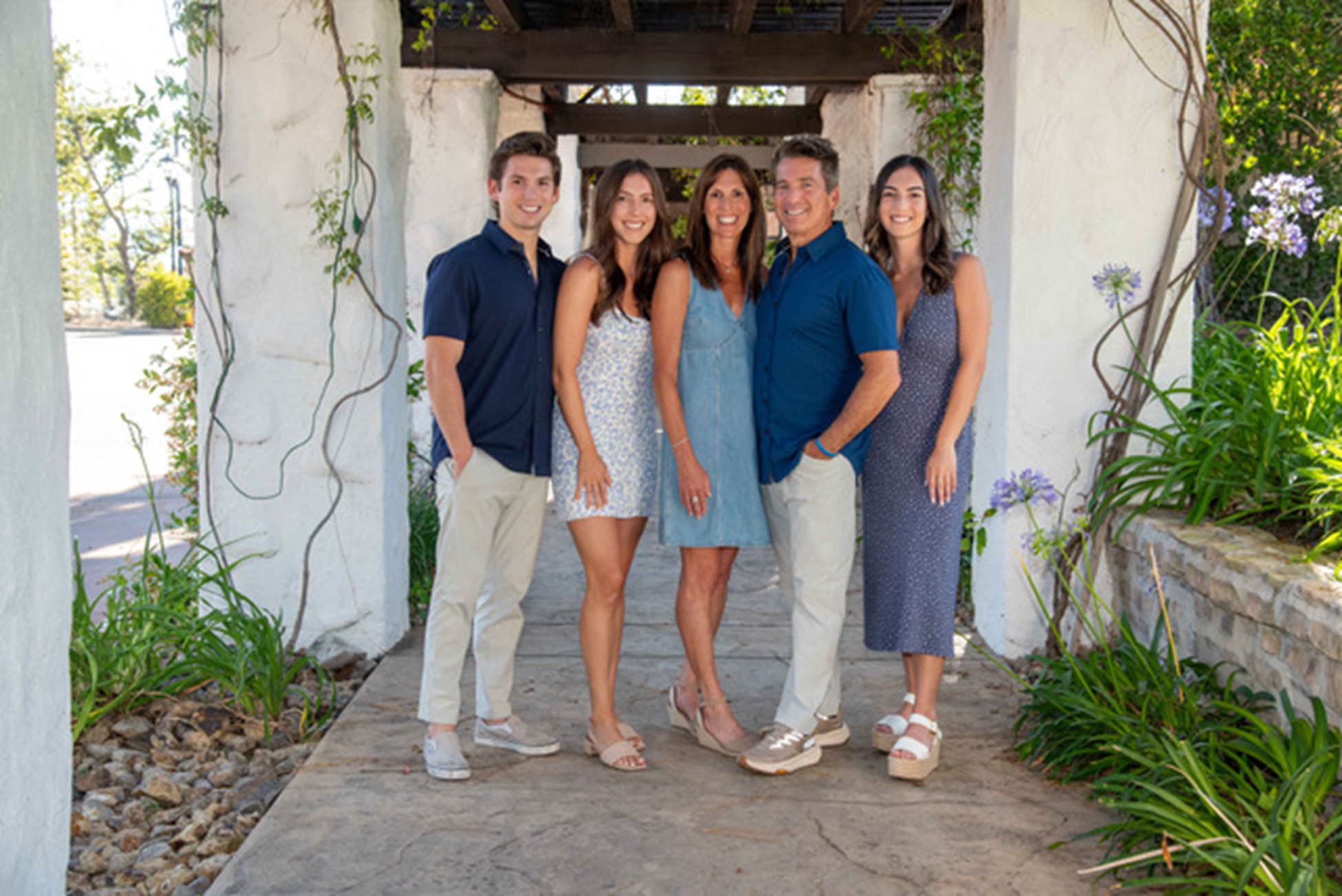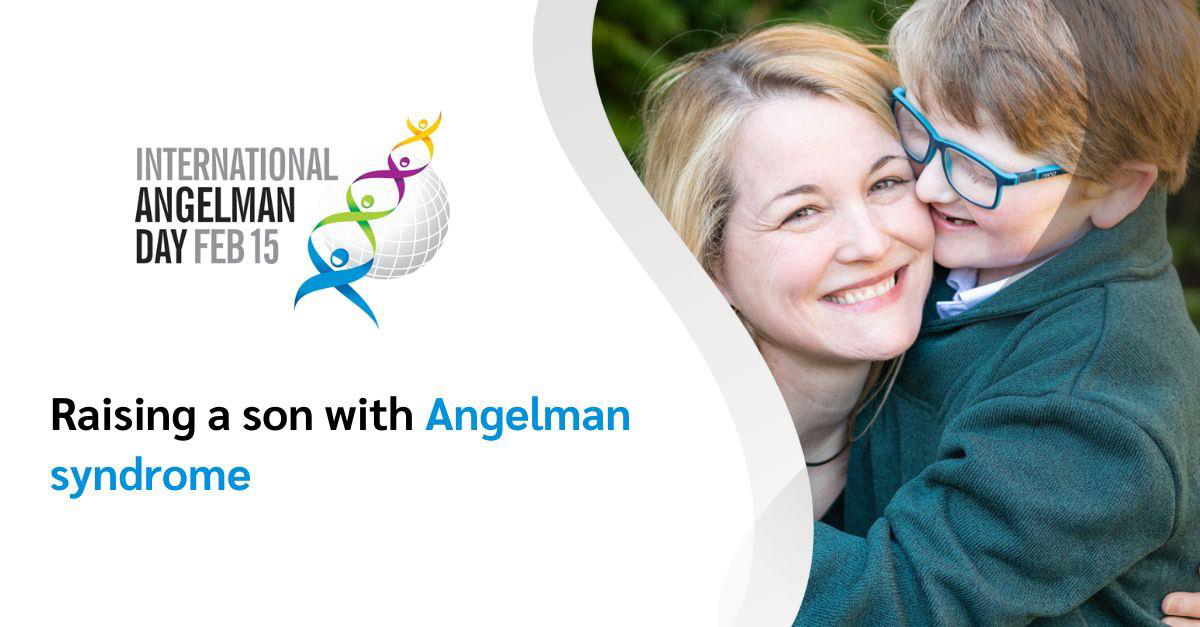Living with Glycogen Storage Disease Type Ia (GSDIa) is a daily challenge for both individuals and families. This genetic disorder results in the buildup of glycogen (the stored form of glucose) in the body’s cells and an inability to regulate and maintain normal blood sugar levels.
At present, no therapeutic treatment options that treat the underlying cause of the disease are available. Patients must rely on a strict dietary protocol of ingesting raw cornstarch to sustain bodily functions and must maintain a specific diet to manage their condition. As shared in a recent guest post titled, “Living life by the clock,” missing a single dose of cornstarch can lead to dangerous episodes of hypoglycemia that can be life-threatening, particularly in children. That leads to constant concern and anxiety about the well-being of the individual throughout the day and especially at night.
Michael Julius and Lisa Hodes, dedicated board members of The Children’s Fund for GSD Research, understand intimately the complexities of raising children with GSDIa. They have been instrumental in the community’s quest for new treatments. Below they share their perspectives.
How has The Children’s Fund for GSD Research helped advance research for new treatments?
- Michael: When the Fund was formed in 2002, we were the only organization solely focused on finding a cure for our children. The Feldman, Reed and Julius families were introduced to each other at an Association for Glycogen Storage Disease (AGSD) conference, and we combined our efforts to form The Children’s Fund. While other groups served as support groups, our mission was simple: to fundraise to find a cure and better the lives of children with GSD everywhere

- Lisa: When my oldest daughter was born “26 years” ago, there was very little information available about GSD, and no research was being done. At that time, most babies born with GSD died. The cause of death was unknown, and therefore it was labeled crib death. We were very lucky that the neonatologist where our daughter was born realized that she was unable to maintain a normal blood glucose and would not let us take her home until he figured out why. It took over a month for a diagnosis. Today, if you google GSDIa, you will get pages upon pages of information about what it is, how to treat it, and where to find help. The work and outreach of our foundation over the last 26 years has helped to stimulate this.
- Michael: Some of our early efforts included getting doctors and researchers together in the same room to share and collaborate on their research for the very first time. Until that point, many of the doctors and researchers involved with this disease had not met or even spoken to one another. Bringing together key thought leaders to brainstorm about future treatments during symposiums continues to be an important part of our work.
- Lisa: To date, we have funded over 60 studies and awarded almost $9 million to the most promising scientists and institutions around The world to support cutting-edge research. The number of children who have been accurately diagnosed with GSD has tripled due to increased awareness and knowledge made possible through literature, prenatal screening programs, and events. In 2012, our foundation helped discover and obtain FDA approval for the use of a “superstarch,” a slowly digested starch that allows many patients with GSD to sleep for a longer duration at night. This was the first breakthrough in the dietary management of Glycogen Storage Disease in more than 25 years.
When you think about new treatments for GSDIa, what are the most important criteria?
- Michael: Safety first above all – both short-term and long-term. Then efficacy of the treatment. Then will the treatment eliminate the need for cornstarch completely or reduce it by some amount? Finally, how long will the treatment last? A lifetime? 10 years?
- Lisa: My perspective is like Michael’s. A new treatment must improve quality of life. It must be safe. It must be accessible. Is the benefit worth the effort? Are there side effects? How many treatments are needed?
What would it mean to the community if a gene therapy were available for GSDIa?
- Lisa: From a quality-of-life perspective, patients would feel better without the constant fluctuation in blood glucose levels. A gene therapy treatment could allow patients to decrease or eliminate the need for cornstarch and alleviate their strict dietary management, allowing them to follow a healthy diet and improve their overall health. It could potentially eliminate other medical complications that develop as part of the disorder. From a mental health perspective, it could alleviate the constant worry of missing a meal or dose of cornstarch. Even just decreasing the number of doses of cornstarch would have a profoundly positive effect on stress and mental health. From a financial burden perspective, a treatment that could reduce the number of doctor visits and daily obligations, including diet management, would provide financial relief to families.
- Michael: Life with GSD is not just an inconvenience. Children and young adults are still experiencing chronic low blood sugar, which leads to severe developmental delays, and even dying from this disorder. A gene therapy treatment would not only eliminate these risks but also would relieve tremendous stress on the healthcare system.
- Lisa: Agree. Gene therapy would be life changing for patients as well as caregivers and would have a profound impact on the entire community.
What gives you hope for the GSDIa community as you look ahead to the future?
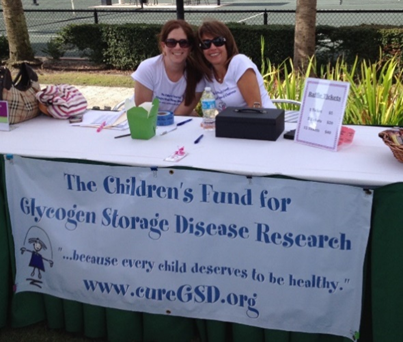 Lisa: Every parent begins to pray for a cure the minute their child is diagnosed. I was no different. Because GSD is so rare, those first few years were frightening and lonely. There wasn’t anyone to talk to, ask for help or guidance, or just commiserate with. In 2004, I learned about a GSD fundraiser and attended with my girls. It was there that I met other parents and families and discovered The Children’s Fund for GSD Research. That gave me so much hope. The foundation provided a community for us and gave me a new purpose. I immediately got to work. Our efforts have had so much positive impact in the world of GSD, and we are now getting acknowledgement and support from biopharmaceutical companies. Science is moving fast and, because low blood sugar is easy to test, GSDIa provides a great platform for many of the new technologies being developed today. We will continue to fundraise, spread awareness, support the GSD community, and do whatever we can to improve the quality of life for everyone with GSDIa.
Lisa: Every parent begins to pray for a cure the minute their child is diagnosed. I was no different. Because GSD is so rare, those first few years were frightening and lonely. There wasn’t anyone to talk to, ask for help or guidance, or just commiserate with. In 2004, I learned about a GSD fundraiser and attended with my girls. It was there that I met other parents and families and discovered The Children’s Fund for GSD Research. That gave me so much hope. The foundation provided a community for us and gave me a new purpose. I immediately got to work. Our efforts have had so much positive impact in the world of GSD, and we are now getting acknowledgement and support from biopharmaceutical companies. Science is moving fast and, because low blood sugar is easy to test, GSDIa provides a great platform for many of the new technologies being developed today. We will continue to fundraise, spread awareness, support the GSD community, and do whatever we can to improve the quality of life for everyone with GSDIa.
- Michael: To add to what Lisa shared, for so many years there was very little interest in the GSD community. Our population is so small. But now many different modalities are being explored – gene therapy, gene editing, CRISPR and IV treatments. Not everyone with GSDIa has the same mutation. Different mutations with different enzyme activity all present differently. Some treatments may be best for some types of mutations, whereas others will be better for others.
- Lisa: We are excited about what the future holds and remain hopeful for new treatments in the near future.

Michael Julius is one of the founding members of The Children’s Fund for GSD Research. He has three children, including his son Adam who has GSDIa.
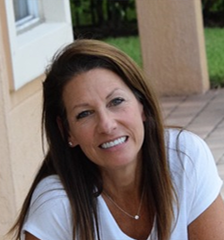
Lisa Hodes joined the Board of The Children’s Fund for GSD Research in 2004. She has two adult daughters, Samantha and Katie, both of whom have GSDIa.

